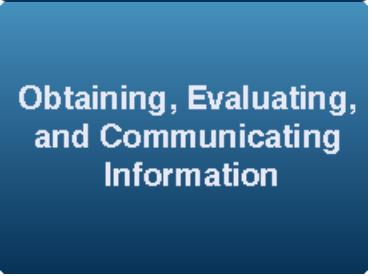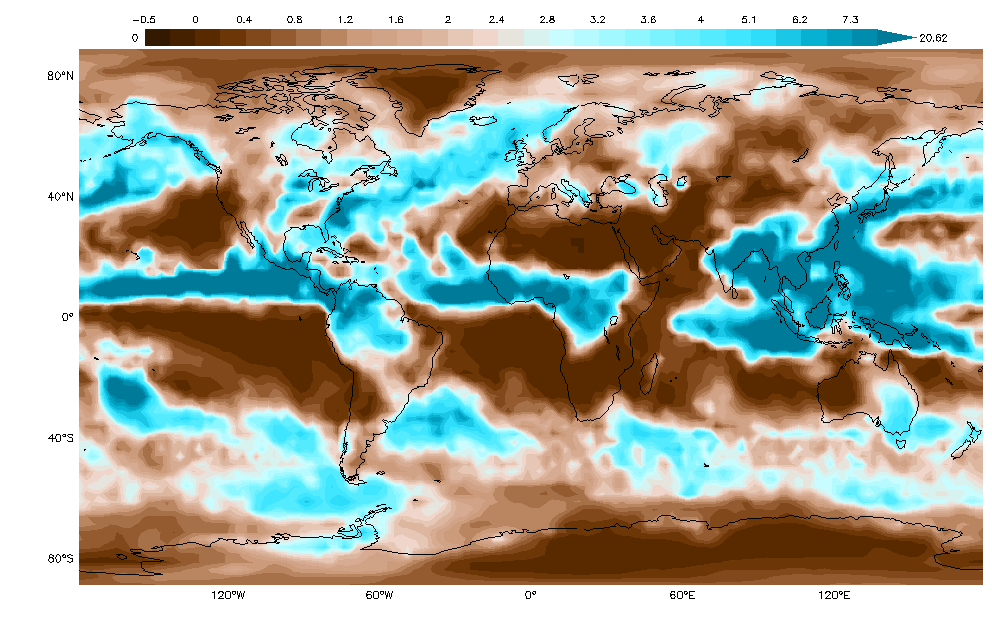Obtaining, Evaluating, and Communicating Information with MND

A key practice of successful scientists and engineers is the ability to clearly communicate the ideas and methods they develop. Being able to review and critique the ideas of others are fundamental activities of professional STEM professionals.
Any education in science and engineering needs to develop students’ ability to read and produce domain-specific text. As such, every science and engineering lesson is in part a language lesson, particularly reading and producing the genres of texts that are intrinsic to science and engineering. (NRC Framework, 2012, p 76)
Average Precipitation, Sept. 2016
Example Questions:
- How do your observations of average precipitation in various regions of the world compare to similar investigations reported in the scientific literature?
- How reliable are the claims made by other scientists that have reported on precipitation rates?
- What science concepts support your hypothesis?
- What graph type best illustrates your data about precipitation?
K-2: Obtaining, evaluating, and communicating information in K-2 builds on prior experiences and uses observations and texts to communicate new information.
- Read grade-appropriate texts and/or use media to obtain scientific information to describe patterns in the natural world. (K-ESS3-2)
- Communicate solutions with others in oral and/or written forms using models and/or drawings that provide detail and scientific ideas. (K-ESS3-3)
- Obtain information using various texts, text features (e.g., headings, tables of contents, glossaries, electronic menus, icons) and other media that will be useful in answering a scientific question. (2-ESS2-3)
3-5: Obtaining, evaluating and communicating information in 3-5 builds on K-2 experiences and progresses to evaluating the merit and accuracy of ideas and methods.
- Obtain and combine information from books and other reliable media to explain phenomena. (3-ESS2-2) (4-ESS3-1) (5-ESS3-1)
6-8: Obtaining, evaluating and communicating information in 6-8 builds on K-5 experiences and progresses to evaluating the merit and validity of ideas and methods.
- Critically read scientific texts adapted for classroom use to determine the central ideas and/or obtain scientific and/or technical information to describe patterns in and/or evidence about the natural and designed world(s).
- Integrate qualitative and/or quantitative scientific and/or technical information in written text with that contained in media and visual displays to clarify claims and findings.
- Evaluate data, hypotheses, and/or conclusions in scientific and technical texts in light of competing for information or accounts.
9-12: Obtaining, evaluating, and communicating information in 9-12 builds on K-8 experiences and progresses to evaluating the validity and reliability of the claims, methods, and designs.
- Communicate scientific ideas (e.g., about phenomena and/or the process of development and the design and performance of a proposed process or system) in multiple formats (including orally, graphically, textually, and mathematically). (HS-ESS1-3)


